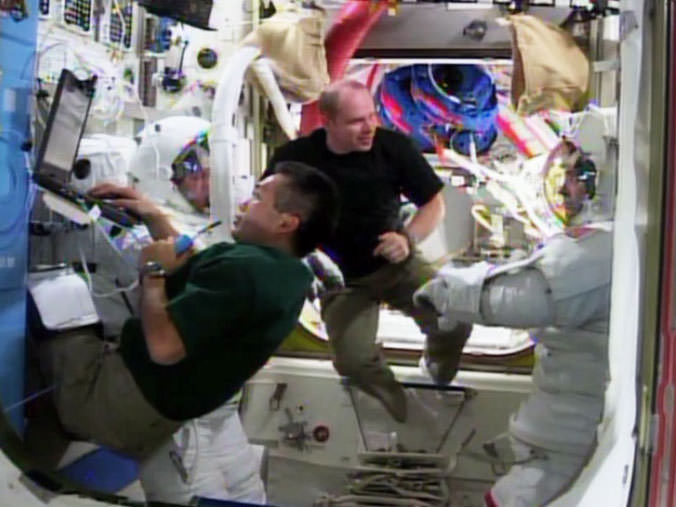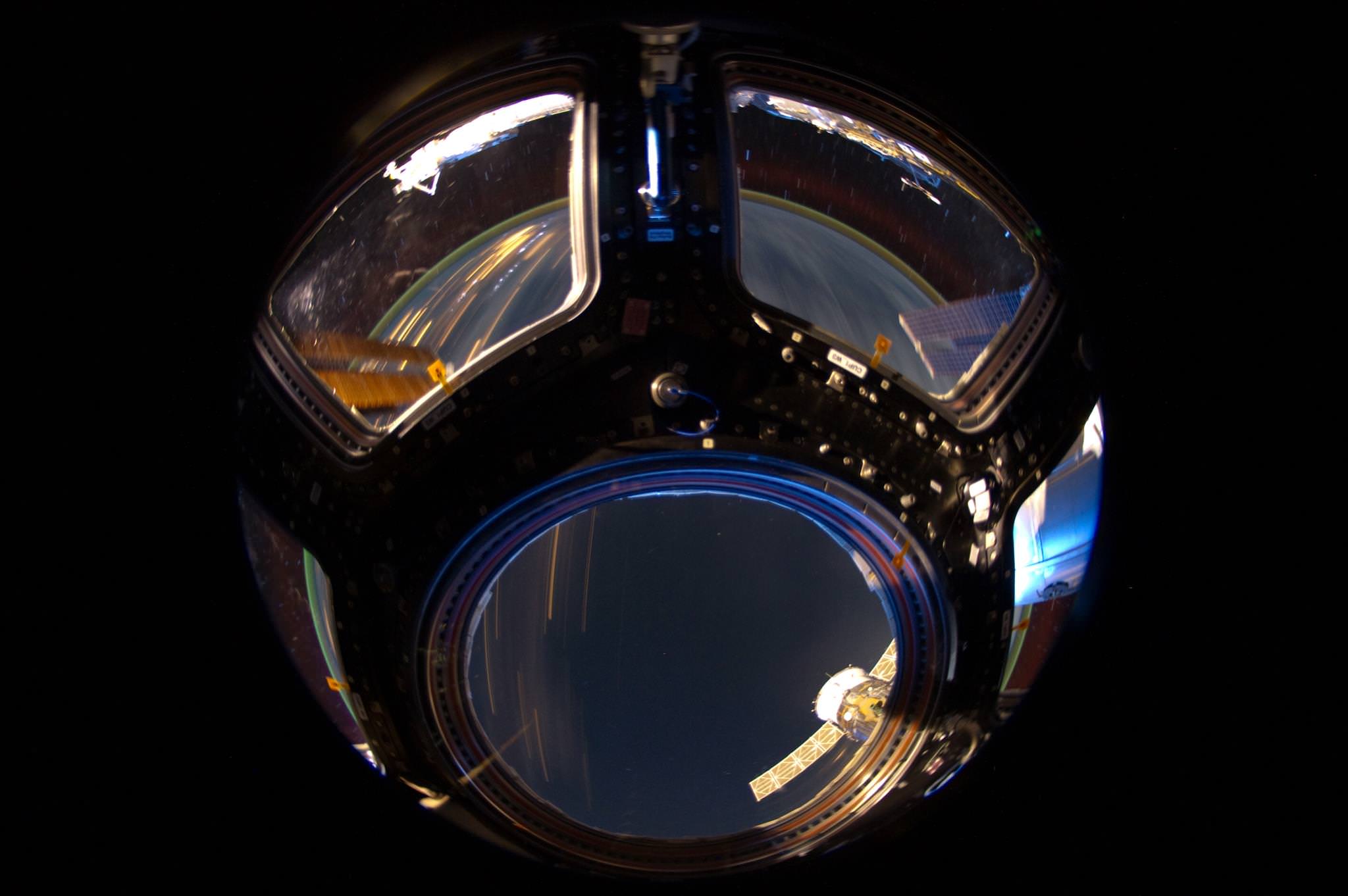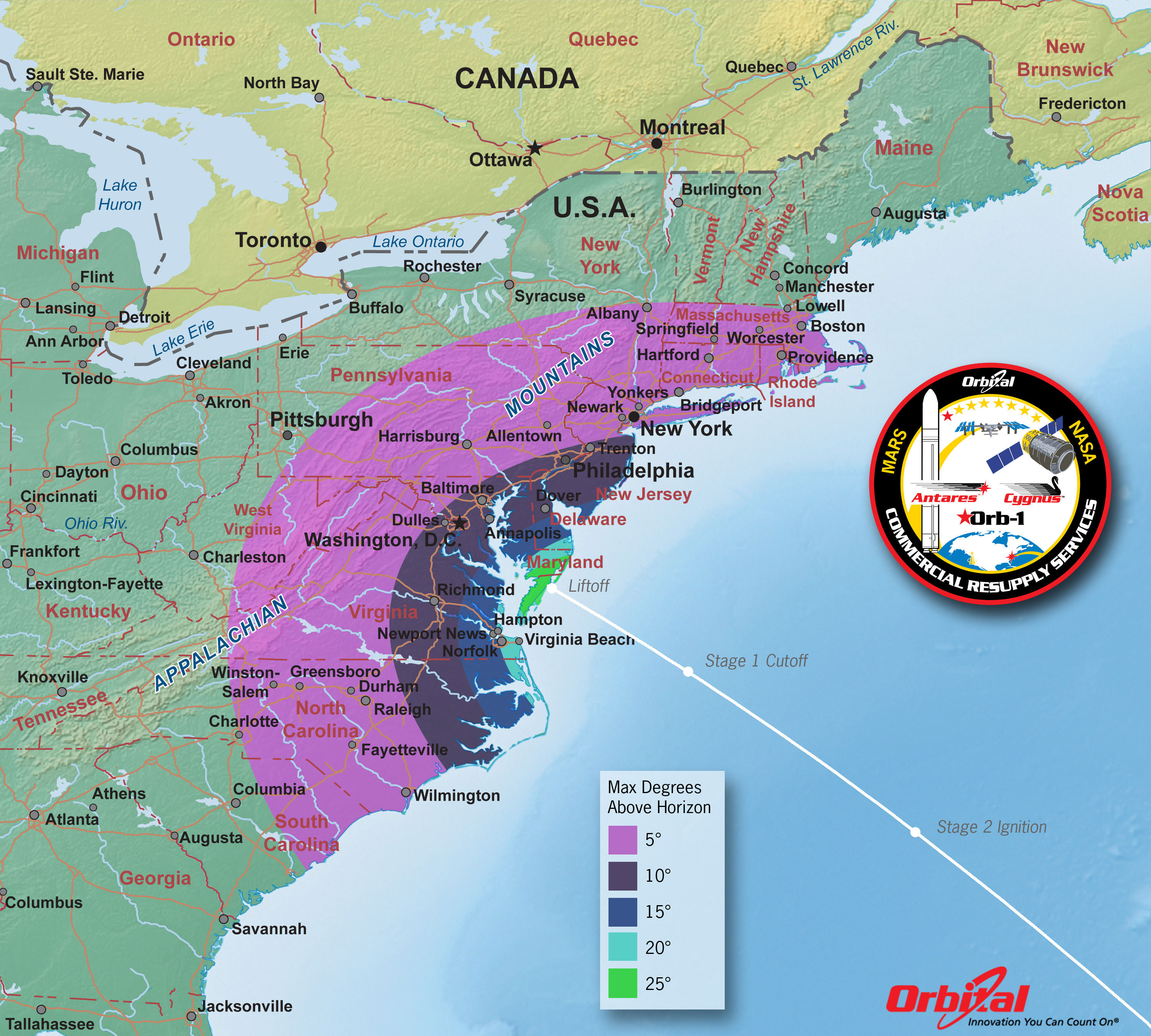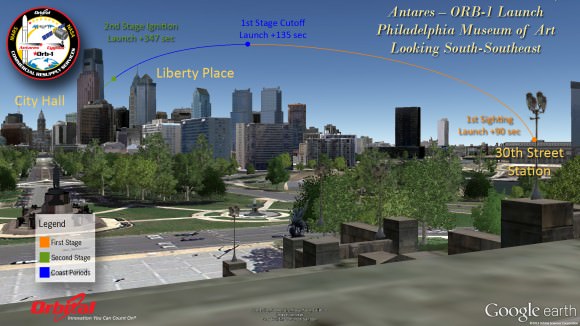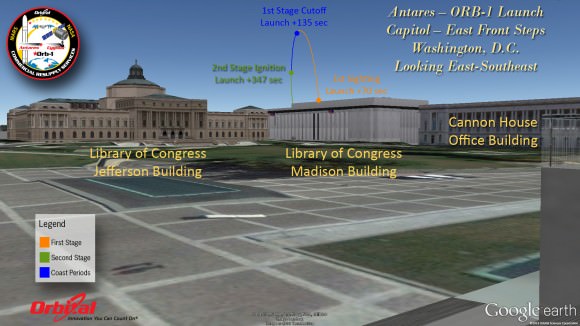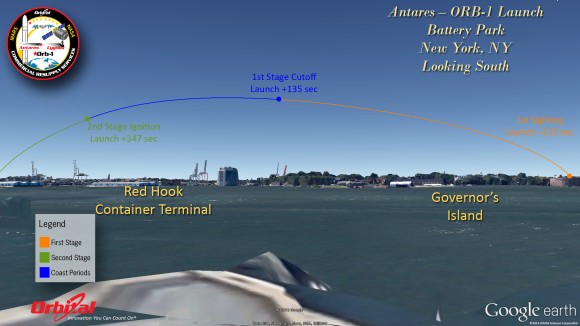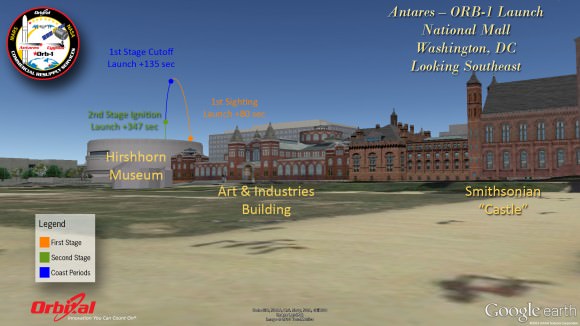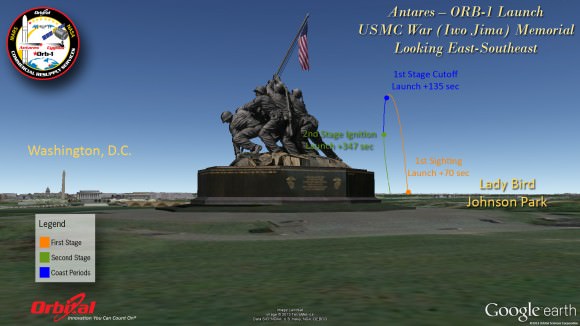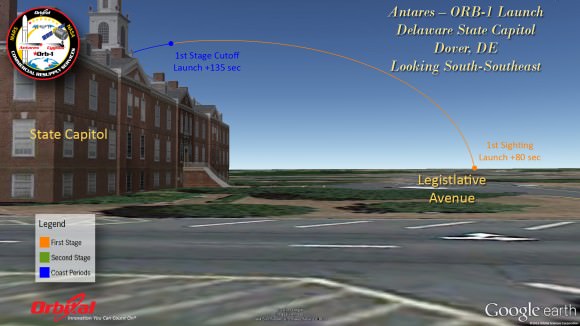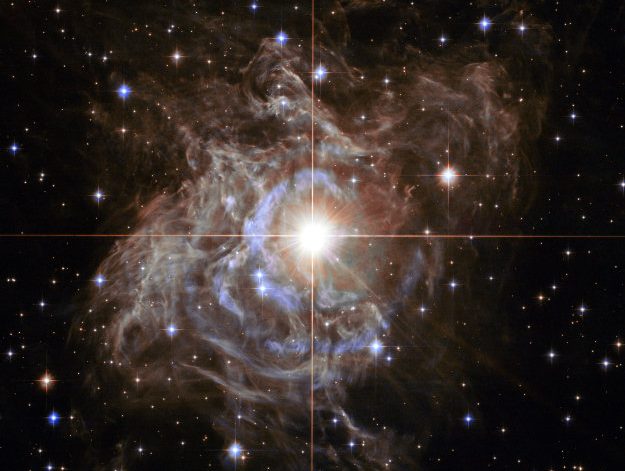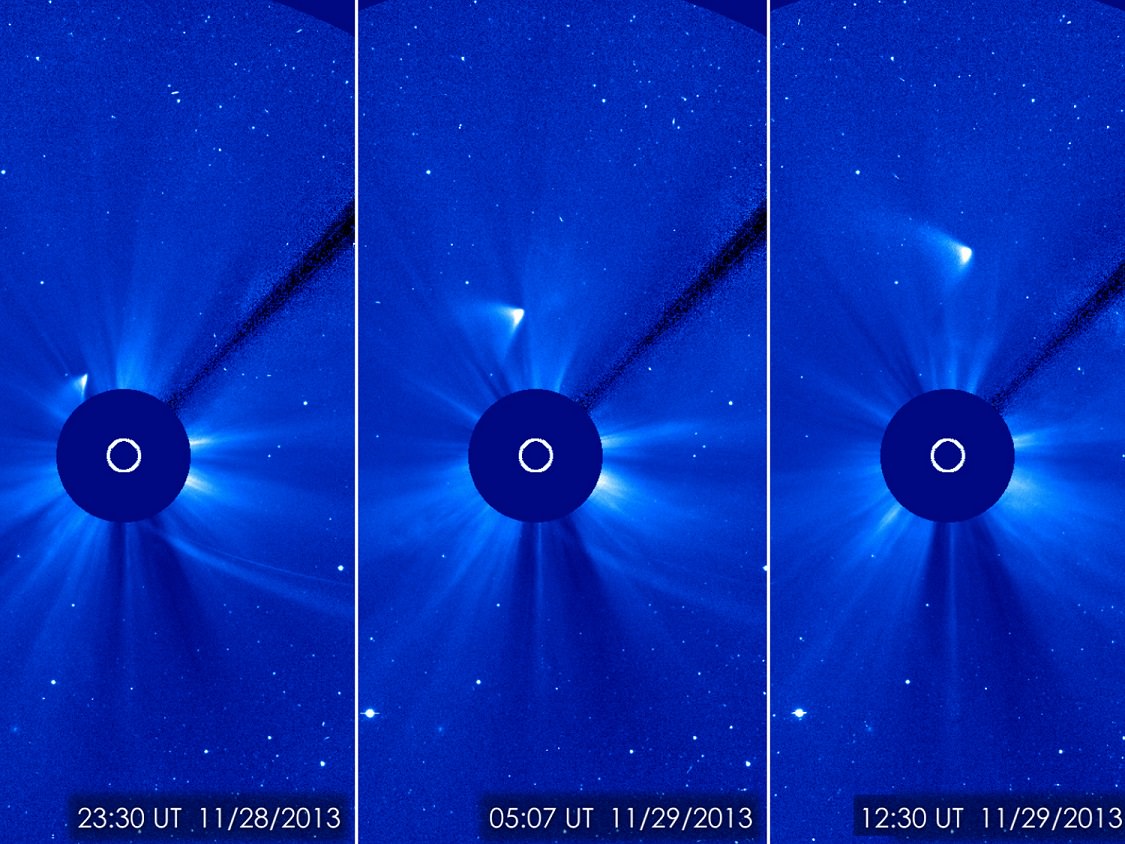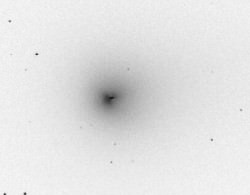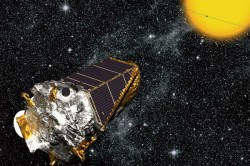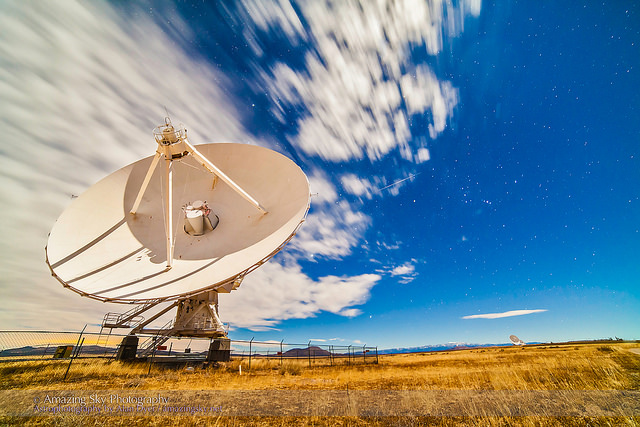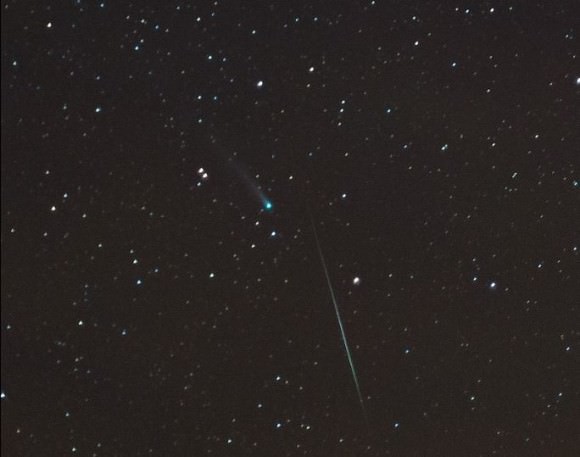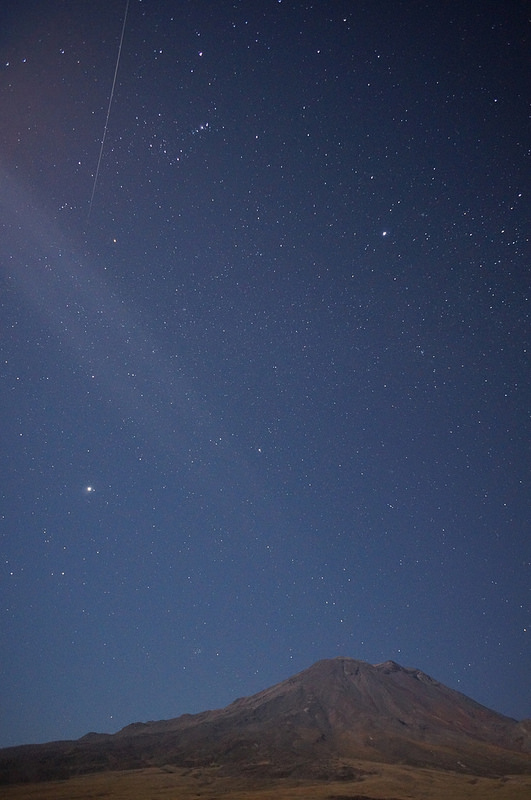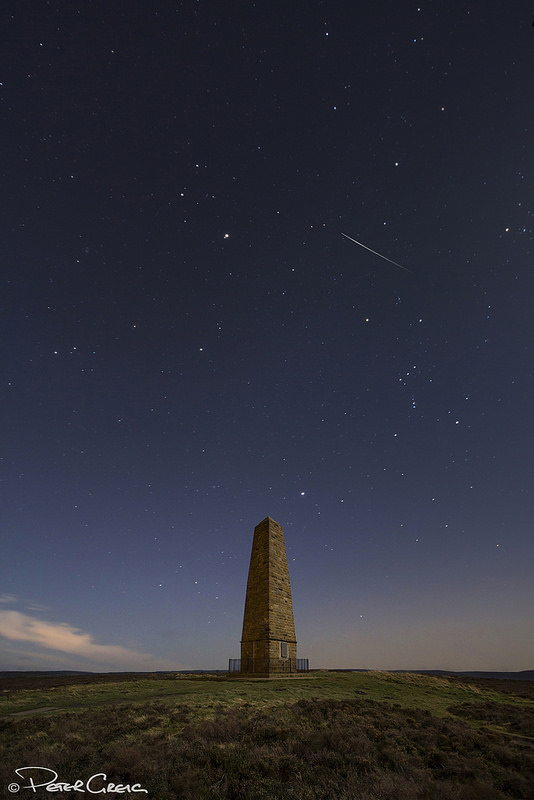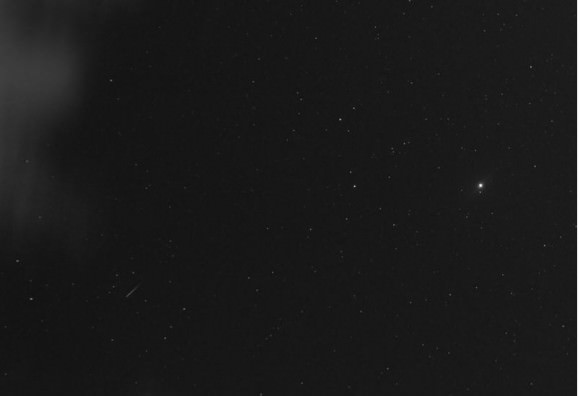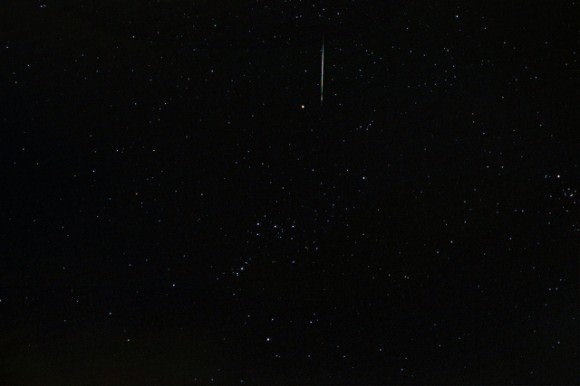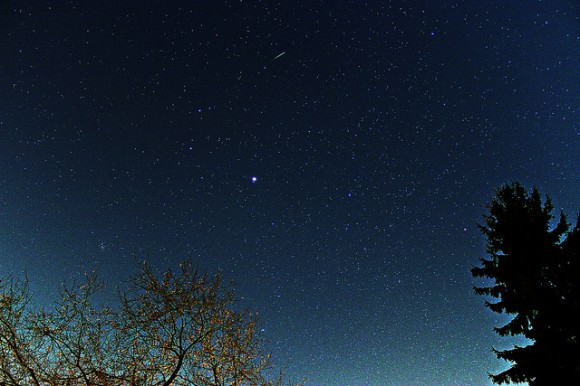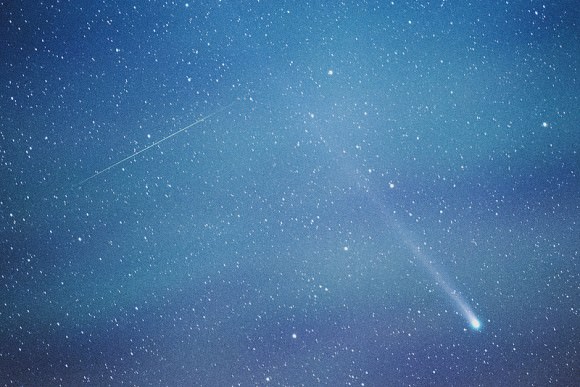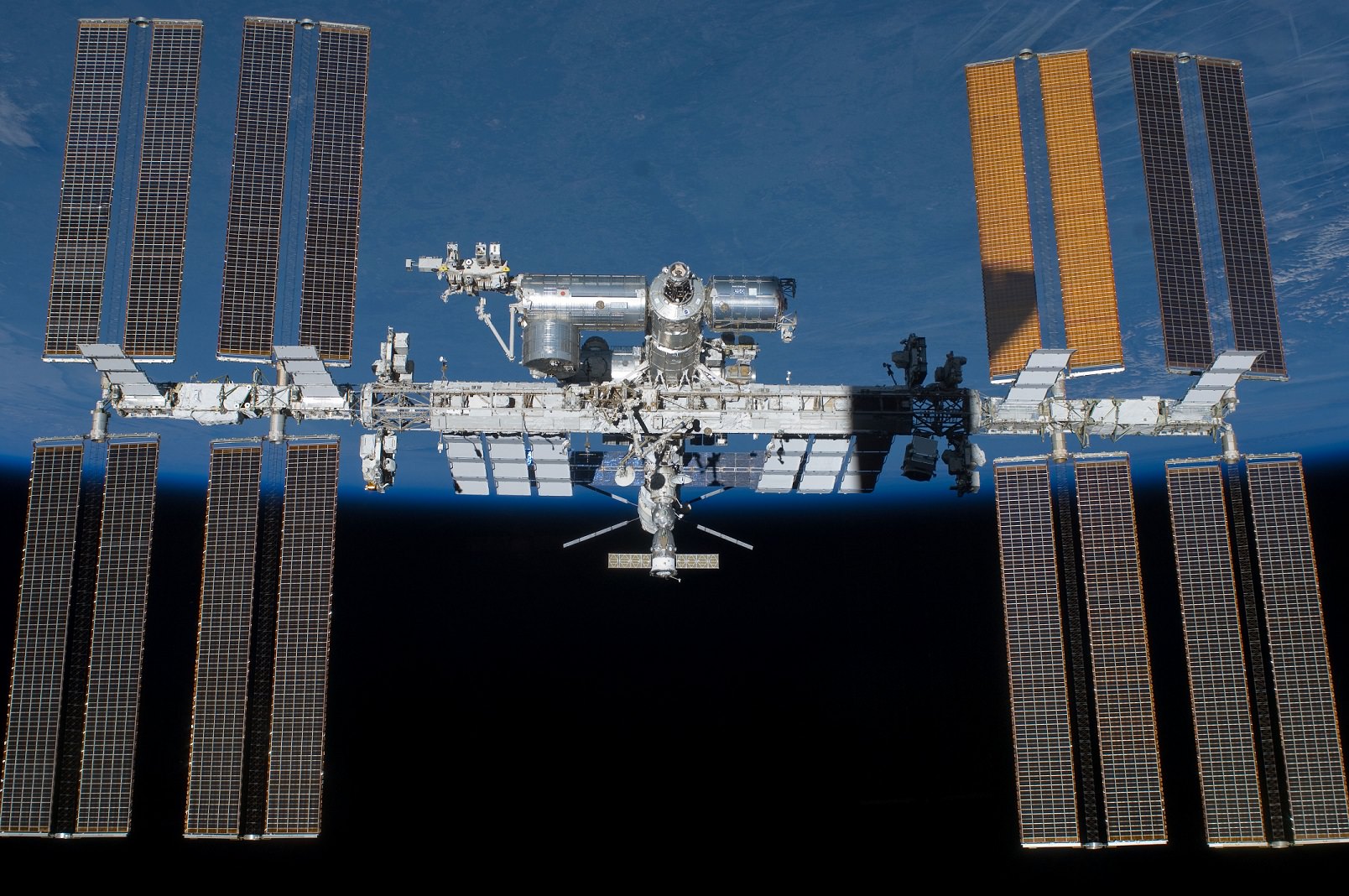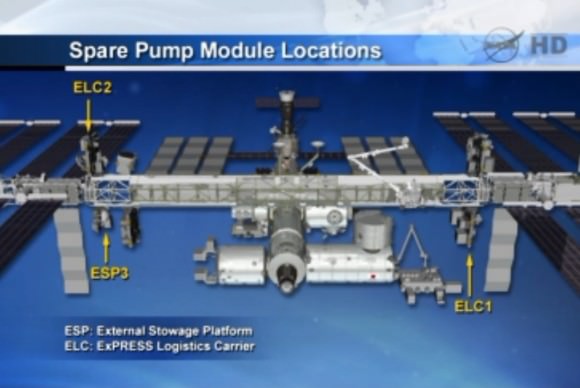The week before Christmas will be full of spacewalk preparations for Expedition 38 as they get ready to remove and replace a malfunctioning pump aboard the International Space Station.
NASA astronauts Rick Mastracchio and Mike Hopkins will participate in the spacewalks, NASA said today (Dec. 17), with Japanese astronaut Koichi Wakata handling robotic operations during the Dec. 21, Dec. 23 and Dec. 25 activities.
A new pump is needed to regulate temperatures in an external ammonia cooling loop that shut down automatically Wednesday (Dec. 11) when it got too cold. The loop keeps equipment at the right temperature on station. While the astronauts have been fine for the past week, several redundant systems and some experiments are offline. Luckily for the crew, other astronauts previously installed three spare pumps on station, which you can see in the graphic below.
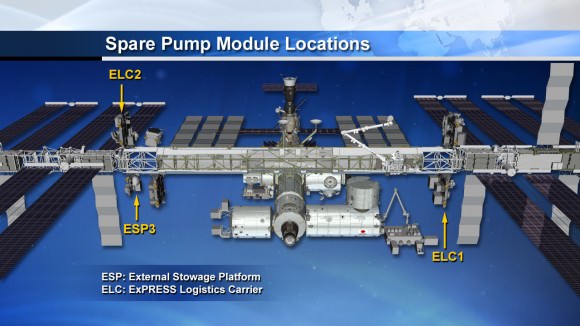
Spacewalks are always a risky proposition, and NASA has not conducted any since Italian astronaut Luca Parmitano experienced a leak in an American spacesuit in July. As such, the agency spent several days trying to fix the cooling loop by other means.
A faulty control valve made the pump malfunction on Wednesday. The valve normally mixes warm ammonia that flows past external radiators on station with cooler ammonia that was put through those radiators. NASA first tried to control the valve from the ground, then focused its attention on an isolation control valve upstream from the pump that the agency hoped could serve as a backup. The isolation valve, however, was only designed to be closed or opened fully — not positioned in between.
As of 11 a.m. EST (4 p.m. UTC) today, NASA was working on a software patch to try to freeze the valve in different positions to manually regulate the flow of ammonia.
“The fidelity that we have here on the ground to precisely control when that valve starts moving and stops is on the order of about 0.2 seconds, 0.3 seconds, somewhere in that range. We really need the fidelity to be much higher than that,” said Judd Frieling, the Expedition 38 lead flight director, in an update on NASA Television.
“We need it to be on the order of 0.1 seconds. So the way we can reliably produce that is by putting some software on the computers on board that basically allows us to get that finer control. So engineers and coders, overnight, have been working on a software — we call it a patch — software fix, to one of the computers that controls that valve.”
NASA planned to upload the patch to the station this afternoon (EST) to see if it was possible to control the isolation valve by telling it to move, then cutting the power when it got to a certain spot. The agency did not say how successful that fix was, but will likely address that in a media briefing tomorrow at 3 p.m. EST (8 p.m. UTC).
Cooling problems have occurred on station before. The most recent failure was a leak in May, which the Expedition 35 crew fixed just days before some of the astronauts went home. A more prominent failure on the same cooling loop occurred in 2010, when Expedition 24 astronauts performed three spacewalks to replace a faulty pump.
Each of the three emergency spacewalks this month (Dec. 21, 23 and 25) will start at 7:10 a.m. EST (12:10 p.m. UTC) and take about 6.5 hours to perform, NASA added. The activities will be carried live on NASA Television, with coverage starting about an hour before each spacewalk is expected to begin.

